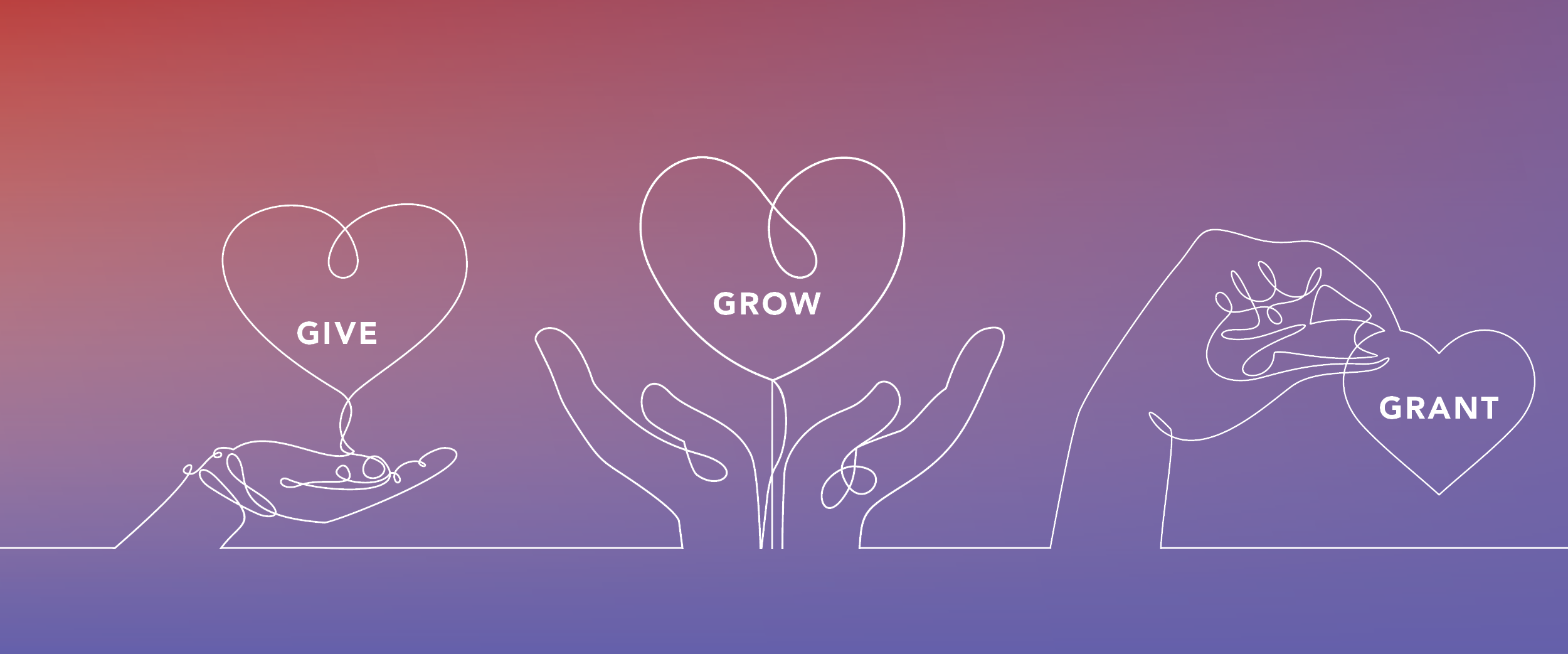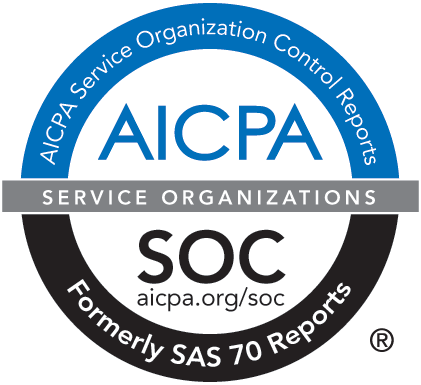Donor-Advised Funds 101 - Benefits, Part 1
November 17, 2020 - Last month, our Donor-Advised Funds 101 crash course began with the basics of donor-advised funds - what they are and how they work. This week, we’ll highlight the benefits of donor-advised funds - why they are a smart giving vehicle. But first, a quick review:

At HighGround, we like to say that a donor-advised fund allows donors to Give, Grow, & Grant.
GIVE – Donors make tax-deductible contributions to their donor-advised funds.
GROW – Contributions are invested and have the potential to grow, tax-free.
GRANT – At any time, donors recommend grants from their donor-advised funds to the qualified, U.S. charities of their choice.
So why are donor-advised funds (DAFs) so popular? Why are they considered to be tax-efficient vehicles that maximize donors’ charitable giving? Here are just ten things a DAF allows donors to do.
1. GROW THEIR GIVING
As mentioned above, DAF contributions are invested to grow. HighGround, for example, offers five professionally managed investment solutions in which donors may invest their contributions. Once a donor chooses the best investment option for them, based on their expected granting time horizon, their DAF has the potential to grow, tax-free, maximizing their charitable impact.
2. GIVE NOW, DECIDE LATER
Even if a donor hasn’t yet decided which charities to support, contributions to a DAF qualify for an immediate tax deduction. In this way, donors can realize the charitable tax deduction of their contribution that year but have additional time to decide which charities they wish to benefit.
3. INCREASE GIVING WITH NON-CASH ASSETS
Publicly traded securities and other illiquid gifts that have been held for over a year can be contributed to a DAF at fair market value and are not subject to capital gains tax. Avoiding this tax exposure means more money goes to the donor’s favorite charity. Additionally, contributing non-cash assets to a DAF can be one way to rebalance a stock portfolio without paying taxes on the sale of the assets.
4. BUNDLE CHARITABLE GIVING
With higher standard deductions for taxes since 2018, some people are no longer able to meet the threshold to claim a charitable deduction. With a DAF, donors can contribute several years’ worth of charitable donations in a single year in order to reach and claim the charitable deduction, then wait that period of time to donate again. In this way, they “bundle” their charitable giving in the first year to meet the threshold but continue to support their charities of choice every year with grants from their DAF.
5. USE A WINDFALL FOR GOOD
A financial windfall is when someone receives any amount of income over what they typically receive, whether it’s a sizeable inheritance or the proceeds of the sale of a business. Donors can reduce the tax burden of a windfall by contributing the extra income to their DAF and using that income to prefund years of charitable giving.
6. LEAVE A GIVING LEGACY
Donors can create a succession plan for their DAF to ensure that their philanthropic goals are met with the balance that remains upon their death. Donors can also name their DAF as a beneficiary in their will. The donor's estate would receive a charitable estate tax deduction for the amount passed to the DAF.
7. SIMPLIFY TAX SEASON
When charitable giving is streamlined through a DAF, donors only need one tax receipt at year-end. Donors can make contributions to their DAFs and recommend grants to any number of charities, and the one tax receipt will capture all of their giving that year.
8. EASE THE ADMINISTRATIVE BURDEN
Sponsoring organizations, like HighGround, can free up donors’ time by handling all the administrative needs of their charitable giving. We perform due diligence on donors’ selected charities, process grants, mail checks, and provide donors with their tax receipt at the end of the year.
9. TEACH GENERATIONS TO GIVE
Families can open DAFs together. When young adult children are named as Donor Advisors with their parents on a DAF, they become involved in charitable giving conversations, and philanthropy can be woven into the fabric of the family.
10. GIVE BEHIND THE SCENES
Many giving vehicles do not allow donors to give anonymously. But with a DAF, donors can choose to make anonymous grants to the charities they wish to benefit.
It’s no wonder DAFs are the fastest-growing giving vehicle! Now that we’ve covered some of the benefits of donor-advised funds in general, later this week we’ll take a look at the benefits of donor-advised funds with HighGround, specifically.



